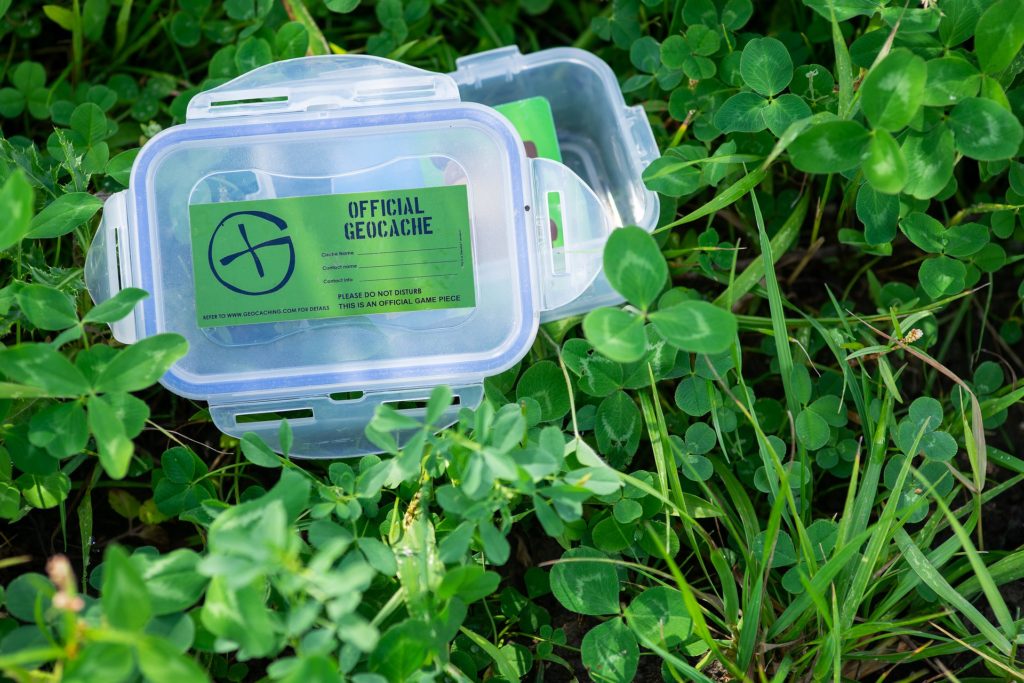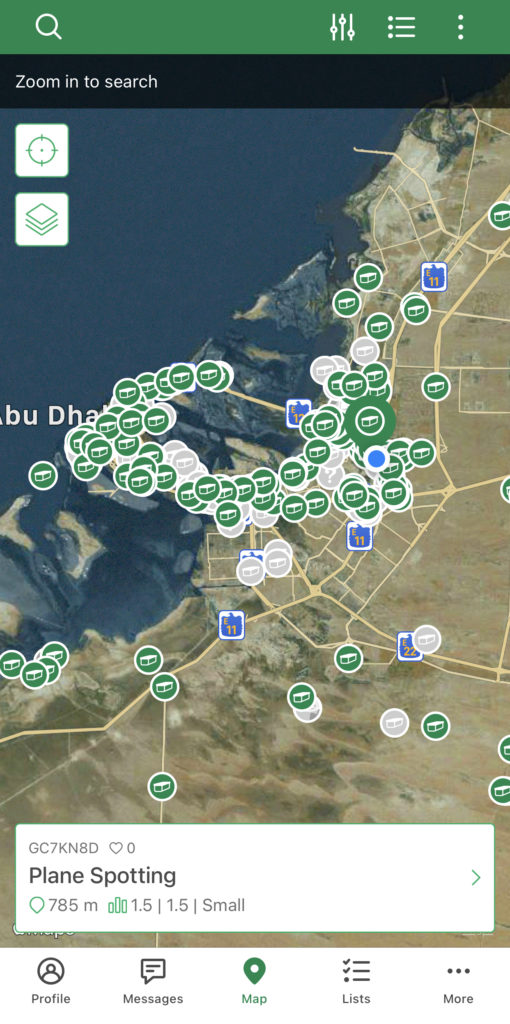Most educators have heard of or used quick response (QR) codes in their classrooms, but what about geocaching?
Not sure what geocaching is… take a look at the following video that provides an overview of geocaching using the popular geocaching website.

Geocaching has increased in popularity since 2000 (Lazar et al., 2018), and is often cited as a contemporary take on orienteering (Battista et al., 2016). A GPS-enabled device, such as a smartphone, is used to navigate to a specific location where a cache has been located. Caches are usually durable, waterproof containers whose size are dependent on their location. Individuals can place objects in these caches and/or a logbook so that people who find the cache can record their details of their visit. If objects are placed in the caches, it is an expectation that visitor can take an item but must replace it with another item of the same value.
After conducting some preliminary research on the subject, www.geocaching.com appeared several times in different journal articles so I decided to visit the website and download the application onto my iPhone. A native application is also available on the Google Play store. I currently live in Abu Dhabi in the United Arab Emirates (UAE), and I was amazed on how many geocaches were in located within the city (figure 1).
Figure 1
A Screenshot of the Geocaches Located in Abu Dhabi, UAE
Geocaching can be used to promote experiential and outdoor learning and in a wide variety of differing subjects such as computing and geography and can also be used to promote environmental and cultural awareness. I, personally, am looking forward to investigating further how geocaching can be used within K-12 educational settings.
References
Battista, R. A., West, S. T., Mackenzie, S. H., & Son, J. (2016). Is this exercise? No, it’s geocaching! Exploring factors related to aspects of geocaching participation. Journal of Park & Recreation Administration, 34(2), 30–48. https://doi.org/10.18666/JPRA-2016-V34-I2-6495
Lazar, K. B., Moysey, S. M., Brame, S., Coulson, A. B., Lee, C. M., & Wagner, J. R. (2018). Breaking out of the traditional lecture hall: Geocaching as a tool for experiential learning in large geology service courses. Journal of Geoscience Education, 66(3), 170-185. http://dx.doi.org/10.1080/10899995.2018.1453191


